Issue 103 : 24 April 2022
Talofa Lava, Kia Orana, Malo E Leilei, Tena Koutou, Hello ...
... and welcome to the latest issue of “For The Love Of The Game”, the official e-zine of the New Zealand Amateur Sport Association Inc., founded in Wellington, New Zealand in 2017.
If you have any feedback on this issue, ideas for future articles, or would like to contact the Editor, please click here. And, you are invited to forward the e-zine to others you know, who may be interested in reading it. An archive of earlier editions of the e-zine can be found here. For those who follow Twitter, you can also follow the Association, @AmateurSportNZ.
If you are interested in applying for membership of the Association, please click here.
ANZAC Day Sport ...
The first ANZAC Day Act was passed by the House of Representatives in 1920 and forbade the opening of licensed premises (per Good Friday or Christmas Day) and horse-racing, on 25 April every year. It was not until 1966 that the law was reformed (with the support of the Returned Services’ Association) to allow “such activities … as may lawfully take place after noon on a Saturday”, including sport, (in alignment with Australian ANZAC Day commemorative practices).
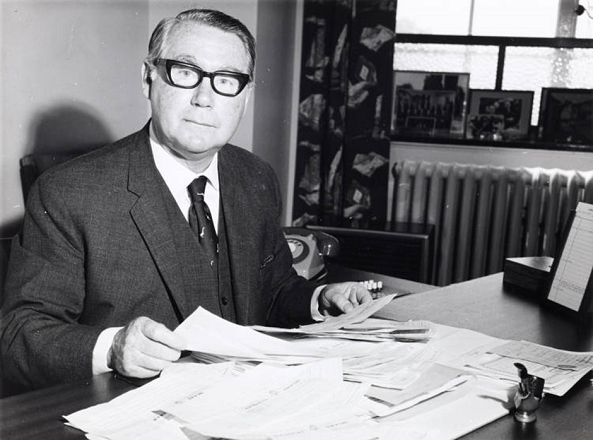
(David Seath, Minister of Internal Affairs, proposed that sport be allowed on ANZAC Day)
The legislative change in 1966 was proposed by the Hon. David Ernest Seath, Minister of Internal Affairs, (MP for Waitomo), who noted at the time that there had been “considerable shift in the views of the general public” concerning ANZAC Day commemorations. It was noted at the time that ANZAC Day “should not be perpetuated as a day of mourning … [but] … might well comprise a forenoon of commemoration and an afternoon of sport and other recreation”.

(Canterbury RFU hosts West Coast RFU at Lancaster Park, Christchurch, in 1971)
One of the first sporting fixtures to be established on ANZAC Day was the annual rugby football match between Canterbury and West Coast, first played on 25 April in 1966, in lieu of the match ordinarily played on Queen’s Birthday. Today, golf has established ANZAC Day as a key tournament date, with events planned in various locations throughout the country in 2022.
Annual General Meeting : Tuesday, 26 April ...
A reminder that the Association’s sixth Annual General Meeting will be held on Tuesday, 26 April at 5.30pm in the Scott Room at the Wellesley Boutique Hotel, Maginnity Street, Wellington. The Notice of Meeting can be downloaded here. All members are warmly invited to attend.
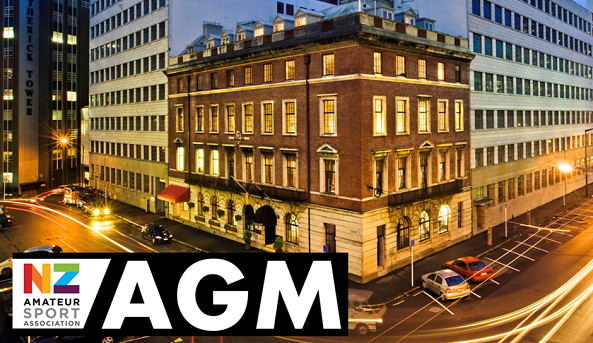
(The sixth Annual General Meeting of the Association occurs on 26 April 2022)
Can Rugby Helmets Reduce Child Concussion?...
Dr Natalia Kabliuk from the University of Canterbury's Department of Mechanical Engineering is part of a team designing a helmet to help protect children from concussion. A group of engineers are working to reduce childhood concussions in rugby. In 2019 there were almost 3,000 ACC claims for rugby players with concussion; and more than half were from players aged 10 to 19.
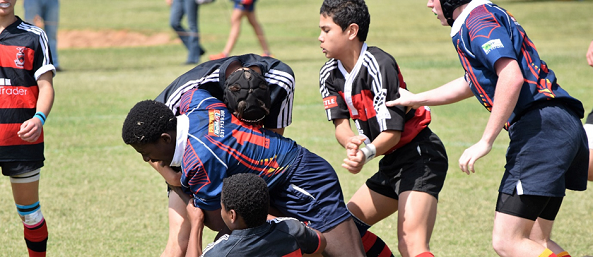
(Can rugby helmets for children help prevent concussion?)
You can read more about this initiative by clicking here and here. You can also listen to Karyn Hay’s interview on Radio New Zealand on Easter Monday with Dr. Kabliuk, by clicking here.
Viewpoint : "Family, Club, Community" – Why "Identity" Is Important ...
The "Cyril Collett Memorial Shield", played for annually between Wellington’s Northern United and Poneke rugby football clubs, is one of countless community sport trophies played for every week across a multitude of sports throughout New Zealand. The wide proliferation of trophies is quite possibly a unique New Zealand characteristic, establishing a social memory and connection across generations, supporting the identity of sports clubs and the altruistic values on which they were formed. Memorial trophies for sport in New Zealand became commonplace in the early 20th century, as local communities commemorated the contribution of the first settlers who saw the benefit that sport brought to the establishment of community identity.
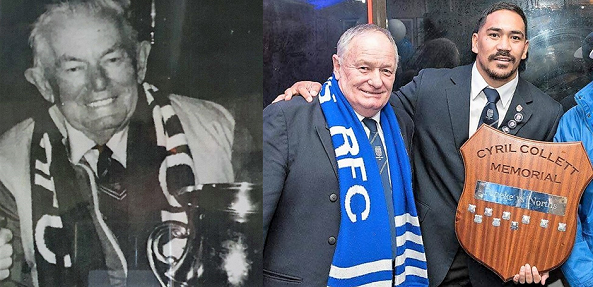
(Cyril Collett, left, Bruce his son centre, and the Shield that remembers Cyril, right)
The "Great War" created a further wave of memorial sport trophies, as the list of prominent pre-war sportsmen who died on the battlefield grew, with the battlefield attributes of "courage" and "service" of those who died in conflict seen as exemplary for those participants in their chosen sport who survived them. Cyril Collett and his family are of a later generation, who untroubled by war served their communities for a lifetime as players, coaches and administrators, “for the love of the game”. Cyril, his son, a son-in-law, his grandsons and great-grandsons have all played for Northern United and its predecessor club, Porirua. Members of the Collett family living in Wellington also played for the Poneke RFC. This Association supports all initiatives taken to link the values of the past, to activities of the present.

(Memorial trophies create an important link between values of the past, in the present)
Sports And Trauma Are Risk Factors For Motor Neurone Disease (MND) ...
A new study undertaken by the Research Centre for Hauora and Health, Massey University, Wellington, and the Brain Centre Rudolf Magnus, Department of Neurology, University Medical Centre, Utrecht, in The Netherlands supports earlier findings that repeated head injury with concussion and playing leisure sports in general and football (soccer) in particular, are associated with an increased risk of MND. You can read more here.
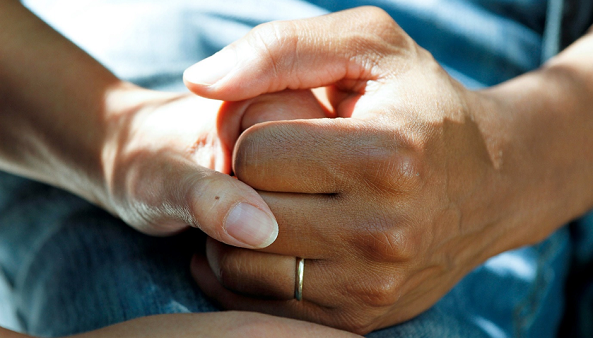
(Repeated head injury has been linked to a greater risk of MND, according to new research)
CSG Policy : A Risk Of “Turning Good People Away From Sport”? ...
In June last year, Dr Blake Bennett, a Senior Lecturer in the Faculty of Education and Social Work at the University of Auckland, in association with the University of Canterbury and Massey University, conducted a survey into the recent changes in child safe-guarding (CSG) legislation and how this is affecting, or has the potential to affect, the experiences of young people playing sport and how it is impacting coaches and their coaching practices.
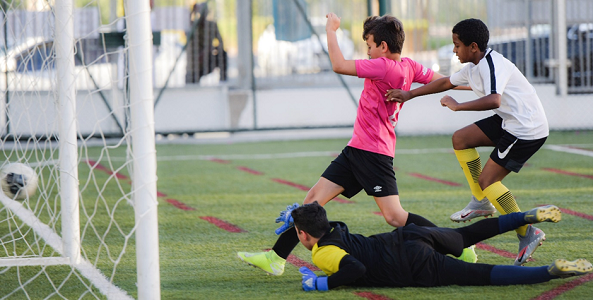
(Research suggests CSG policies may have an impact on sport volunteering)
Since then, further research has been conducted and the survey results analysed. Among other findings from the researchers, “data from this (and other) research indicates that some coaches and organisations are misinterpreting CSG policy, and consequently making adjustments based on what they “think is right”, (i.e. restricting males from coaching females; banning all physical contact, etc.).” The researchers also, “suggest that this is primarily driven by wider, societal anxieties about abuse in sport; and has the effect of causing people involved in sport to make changes that are neither required nor necessary.”
You can access the infographic which provides further information, by clicking here.
From The Archives ...
PRESS, VOLUME CXI, ISSUE 32775, 27 NOVEMBER 1971, PAGE 18
(N.Z. Press Association) HASTINGS
“A notable New Zealand sportswoman who won 11 national tennis titles between 1924 and 1933 died in Hastings this week. She was Mrs. Mary Mitchell, who, as Miss Speirs and later as Mrs. Dykes, won the women’s singles in 1924, 1926, 1928 and 1931, the doubles in 1926, 1929, 1931 and 1933, and the mixed doubles in 1926, 1927 and 1929.
She was born in Christchurch in 1903 and won the first tennis tournament she played in, the Canterbury championship. Her tennis career began with the Avonside Club, and she represented both Canterbury and Wellington in the “Nunneley Casket” and she won the Auckland championship on several occasions.”
Mary Hamilton (“May”) Speirs was born in Christchurch in 1903, the youngest daughter of Robert Millard and Edith Gertrude (nee Burrell) Speirs. She married Harry Mitchell Dykes in 1929, with whom she had two daughters, Yolande and Helen. Mary and Harry eventually moved to 11 Te Aute Road in Havelock North. For reasons yet to be confirmed, in later life, the family adopted the name “Mitchell”, (possibly due to a business matter concerning Mary's husband).
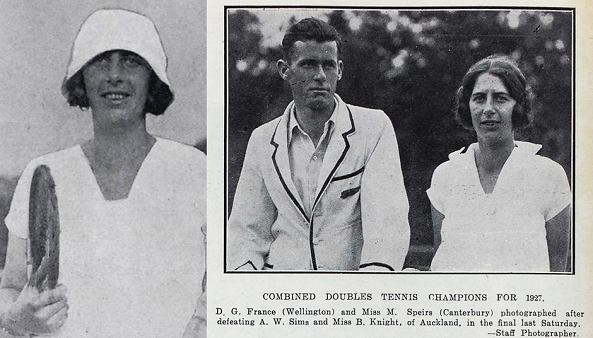
From tennis, Mary went on to play golf and bowls competitively. She won the Wellington champion-of-champions bowls singles and skipped a “Seatoun four” to the Wellington rinks championship in 1947. During the Second World War she received a citation from King George VI for her services to the Red Cross movement. Mary died at the age of 68 on 23 November 1971 and is buried with Harry (who died in 1993), in the Hastings cemetery.

(The many faces of May Spiers, a New Zealand tennis champion of the 1920's)
The Final Word ...
“We imagine that as time passes Anzac Day will become more of a thanksgiving event in which, the emphasis will be on gratitude rather than sorrow. Our feeling is that this is the only way Anzac Day can survive - and survive it should.”
(Peter Watson Bates, Editor, "Church & People", 1964)